First Minister John Swinney says his own family perspective played a part in his decision to vote against legalising assisted dying in Scotland.
He shared his views on Thursday ahead of a landmark vote in the Scottish Parliament which could spell the end for the third attempt to change the law.
Mr Swinney, whose wife Elizabeth Quigley has multiple sclerosis, said the latest proposals have been carefully put together and improved.
But he said the law would “fundamentally alter” the relationship between doctors and their patients “in an irrevocable and detrimental fashion”.
He said: “It’s not a decision I’ve come to easily. I’ve listened to cases of great suffering recounted to me by the loved ones of constituents of mine who suffered terribly at the end of their lives.
“They pleaded with me to support this Bill to ensure others do not suffer as their loved ones suffered.
“I am sorry that I cannot respond positively to the pleas of those individuals for whom I have the greatest respect.”
‘Undue pressure’
He is concerned that vulnerable people may feel undue pressure to end their life prematurely.
“I can see no means of avoiding such a situation emerging in relation to the Bill,” he said.
The first minister also raised concerns that the courts could later expand the scope of the legislation beyond “the intentions of Parliament” – something he said would be an “undesirable situation”.
Asked about his personal family experience, Mr Swinney said: “I couldn’t contemplate having the conversation about the question of assisted of dying with my wife knowing the health challenges that she faces.”
He added during a briefing with media: “I also have my family perspective on this – my wife has a terminal condition and that is something we live with.
“I can’t for a moment suggest that these real factors have had no impact on the decision I’ve made.”
The Assisted Dying Bill aims to allow those at the advanced stage of a terminal illness to seek help to end their life. If it fails to win a majority in Tuesday’s vote it will not proceed any further.
Liam McArthur, the MSP steering the proposals through parliament, thanked Mr Swinney for his “considered approach”.
He added: “Ahead of the stage-one vote next Tuesday, I would urge my colleagues to listen to the voices of terminally ill Scots desperate for more choice, control and dignity and I would urge them to take account of the experience of so many people across Scotland who have witnessed the harrowing deaths of friends and loved ones, often despite the very best efforts of palliative care.”
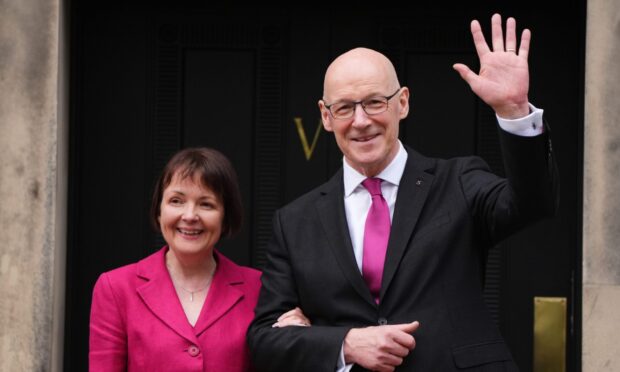
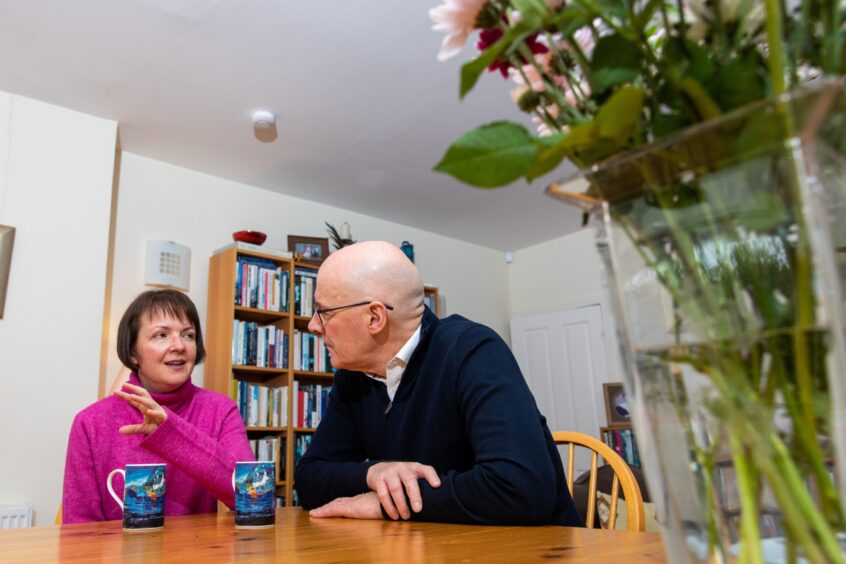
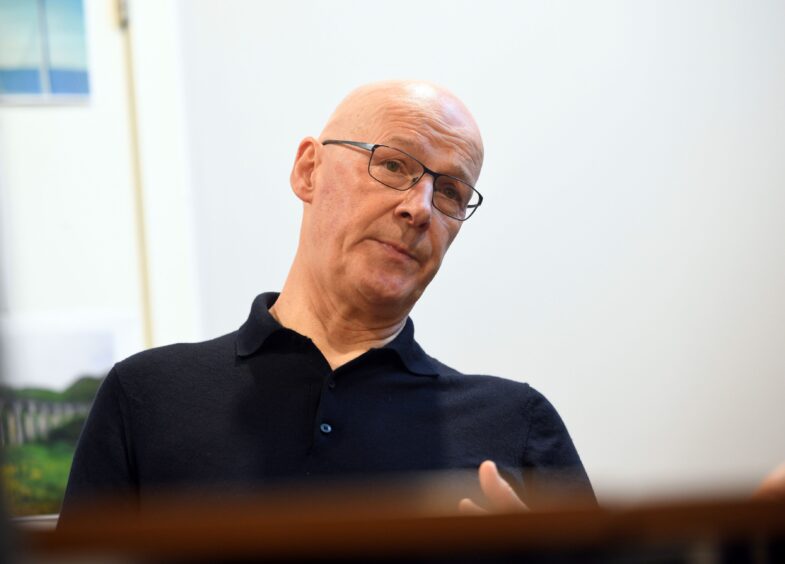



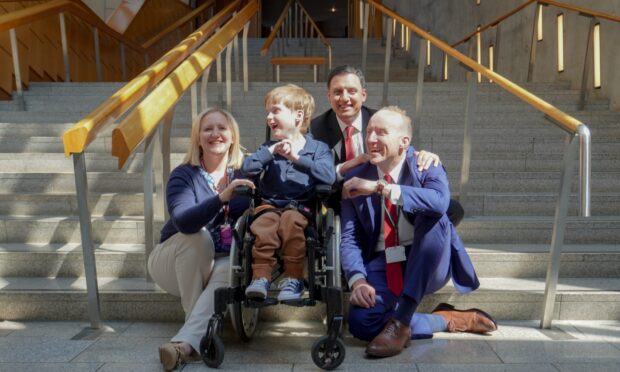
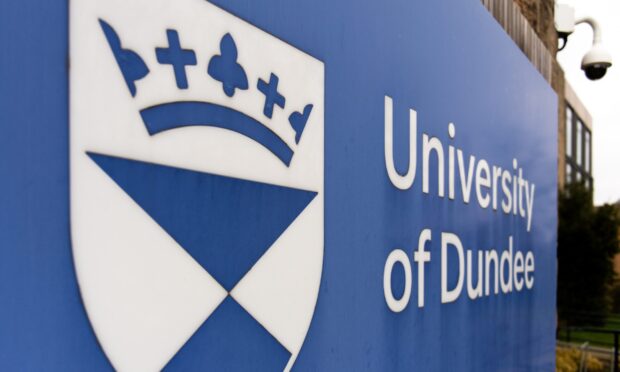
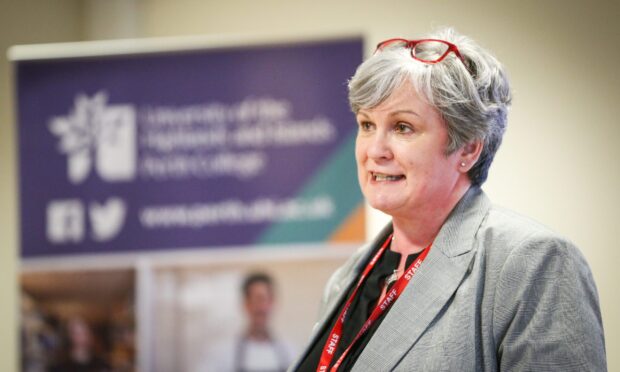

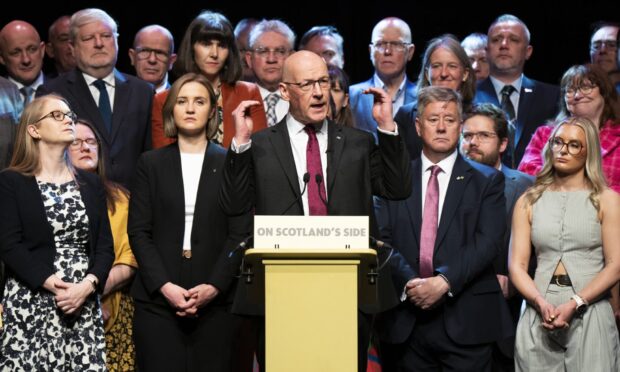
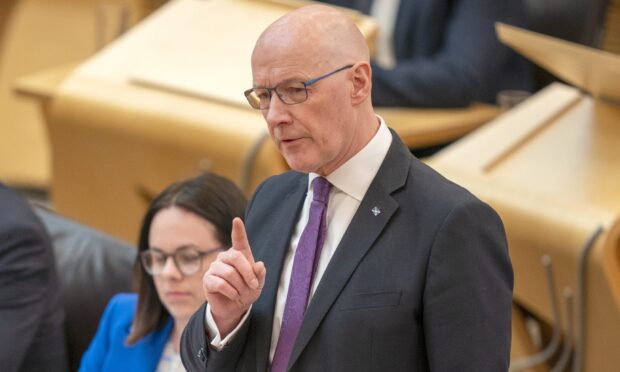

Conversation